Strasbourg Astronomical Clock
There has been an astronomical clock on this spot since the 14th century.
The third of its kind to stand in the spot, the Strasbourg Astronomical Clock is a wonder of 1800s engineering, but what is even more remarkable is that equally wondrous contraptions have existed at the site since the 14th century.
The first clock was built in the Cathédrale Notre-Dame of Strasbourg between 1352–1354 by an unknown tinker. While records of the clock’s exact workings are scarce, its centerpiece was a mechanical rooster that would spread its feathers and even crow with the help of a bellows. The robot bird is still preserved and on display at the Museum of Decorative Arts in the Palais du Rohan across from the cathedral and is believed to be the oldest example of automata in the world. This first clock also featured the three Biblical kings who would appear and bow before Mary and the child Jesus.
In the late 1500’s the first clock was taken apart after a second, more ambitious clock was built on the opposite wall. This new clock featured a representation of the planets and marked the celestial movements right down to when each eclipse occurred. The clock was also decorated in all manner of elaborate finery from paintings to small sculptures, automata, and a system of musical bells. This elaborate clock has also been preserved after its removal when it stopped working in the 1700’s. The interiors of this clock and the faceplates are also on display at the Museum of Decorative Arts.
The current astronomical clock was built in 1843 and shares many of the features of its predecessors such as an orrery, a rotating display of the current positions of the sun and moon, a planetary calendar, and even a mechanical rooster. The calculations required to keep the accuracy of the earth and moon in rotation around the sun correctly on the clock is done by a complicated set of cogs on the right hand side of the planetary faceplate. A large celestial globe in front of the planetary clock is also connected to other mechanisms and the stars are in correct position for the day and time of year. Each day at around 12:30 (the solar noon of Strasbourg) the bird crows and a conga line of apostles issues forth from the clockworks, and passes before Christ. It is also ornately decorated making it all the more impressive.
Know Before You Go
The highest spot in town, the church tower, is easy to find. The clock is located inside the cathedral. You can see it for free during the day except from 11am-2:00pm when you must have a ticket for the show.You must line up to either purchase tickets (2 euro) or use your Strasbourg Pass ticket each day at 11:30 for the 12:30 clock show. The ticket office is outside on the right side of the cathedral. There is a 30 minute movie on the history and mechanisms in the clock that is shown before the clock will go off, so be sure to get a spot where you can see both the screen and the clock. There are no seats, so you will be standing the whole time.










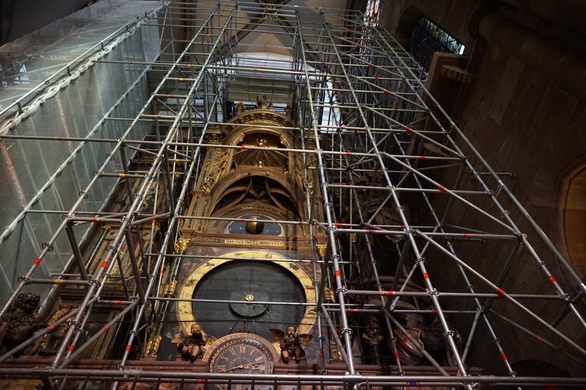
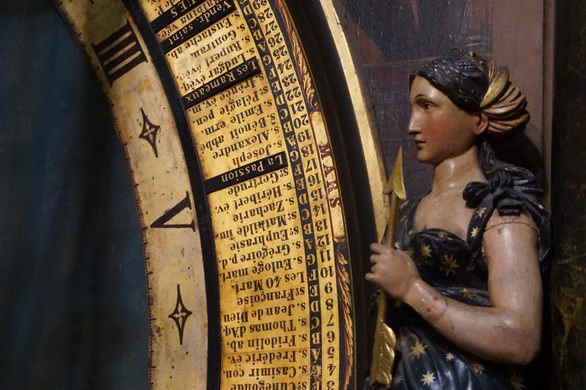













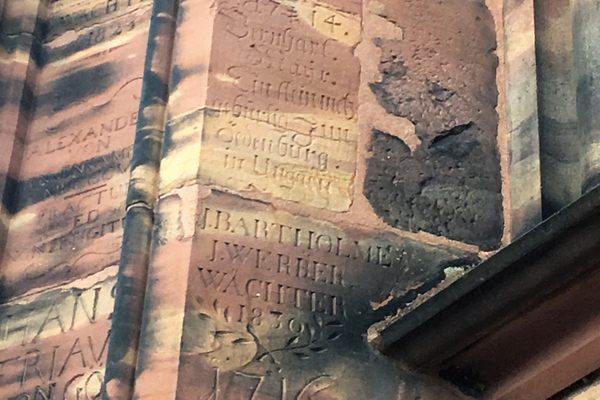

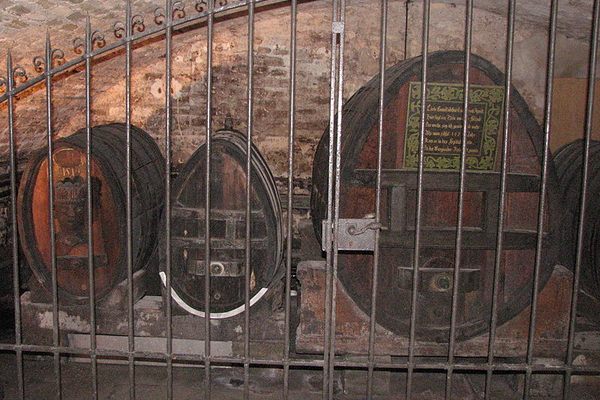
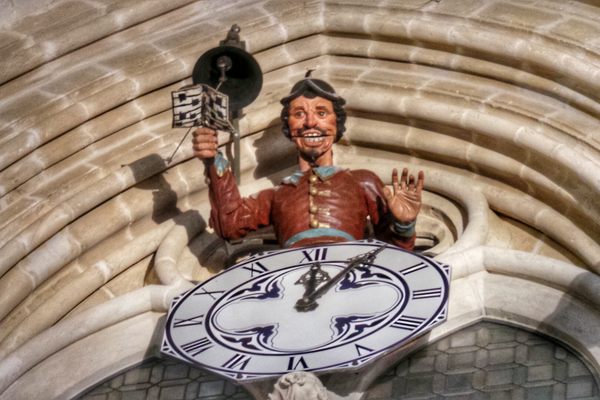





Follow us on Twitter to get the latest on the world's hidden wonders.
Like us on Facebook to get the latest on the world's hidden wonders.
Follow us on Twitter Like us on Facebook